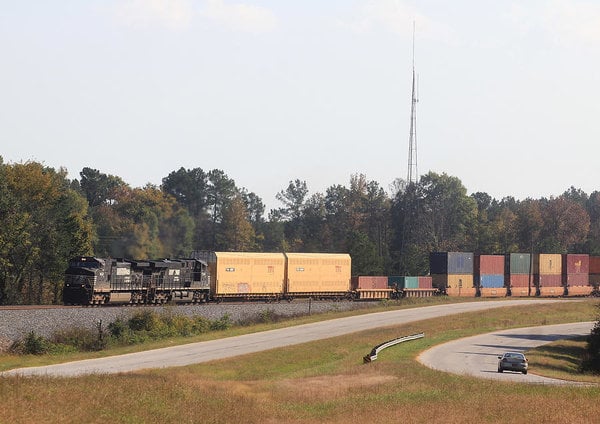
Capacity remained the most pressing logistics issue across the supply chain as the new year began. This is especially true within the transportation sector, where the driver shortage, ELD mandate, and other factors severely impacted the trucking industry’s ability to handle increased freight volumes. Because of this, more shippers are looking to intermodal (rail) transport for capacity. According to the Association for American Railroads (AAR), intermodal volume rose by 3.9% in 2017. Through the first 28 weeks of 2018, AAR reported that U.S. rail carloads are up 1.5% annually at 7,259,135 and intermodal units are up 6.1% at 7,686,093. Part of the volume growth in intermodal was due to the capacity issues that challenged trucking as the electronic logging device mandate took hold and some carriers strained to find enough drivers to carry loads. We are experiencing a market with low truck supply and high freight demand. One of the reasons for tightened capacity is the ongoing driver shortage. Year after year, skilled truck drivers are retiring with fewer younger experienced drivers taking their places. Fewer drivers mean fewer trucks on the road to haul the increase in freight, which, in turn, drives up the cost of your freight and eventually that increase will have to be passed along to your customer. U.S. shippers are desperate for capacity and turning to modes they previously shunned as a result.
Read More
Topics:
Warehouses with rail capacity,
Intermodal transportation